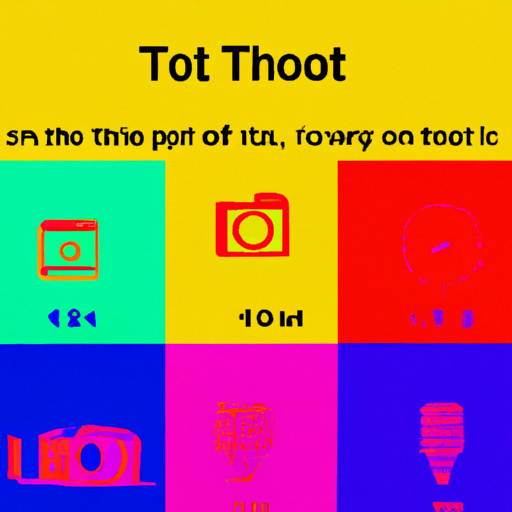-
Table of Contents
Interface Design for IoT (Internet of Things) Devices
The Internet of Things (IoT) has revolutionized the way we interact with technology. With the increasing number of connected devices, it has become crucial to design user interfaces that are intuitive, efficient, and user-friendly. In this article, we will explore the importance of interface design for IoT devices and discuss key considerations and best practices.
1. Understanding the IoT Landscape
Before delving into interface design, it is essential to have a clear understanding of the IoT landscape. The IoT refers to the network of interconnected devices that communicate and exchange data with each other. These devices can range from smart home appliances and wearables to industrial machinery and healthcare devices.
With billions of devices connected to the internet, the user interface plays a vital role in enabling users to interact with these devices seamlessly. A well-designed interface can enhance user experience, improve efficiency, and increase user adoption.
2. Simplify Complexity
One of the primary challenges in designing interfaces for IoT devices is dealing with the complexity of interconnected systems. IoT devices often have multiple functionalities and can be controlled through various interfaces such as mobile apps, voice commands, or physical buttons.
To simplify complexity, designers should focus on creating intuitive interfaces that hide unnecessary technical details and provide users with a seamless experience. Here are some best practices:
- Use clear and concise language: Avoid technical jargon and use simple language that is easily understandable by users.
- Provide contextual information: Display relevant information based on the user’s current context to guide them through the interface.
- Minimize cognitive load: Avoid overwhelming users with too many options or information. Prioritize essential features and hide advanced settings behind secondary menus.
- Consistency across devices: Ensure a consistent user experience across different IoT devices to reduce the learning curve for users.
3. Embrace Multimodal Interaction
IoT devices offer a wide range of interaction possibilities, including touchscreens, voice commands, gestures, and physical buttons. Designers should embrace multimodal interaction to provide users with flexibility and choice in how they interact with the device.
For example, a smart home device could allow users to control it through a mobile app, voice commands, or physical buttons. This multimodal approach caters to different user preferences and accessibility needs.
However, it is crucial to ensure that the different interaction modes are consistent and complementary. For instance, if a user sets a temperature using a mobile app, the physical buttons on the device should reflect the updated temperature to avoid confusion.
4. Prioritize Security and Privacy
As IoT devices collect and transmit sensitive data, security and privacy should be a top priority in interface design. Users need to trust that their personal information is secure and that their devices are protected from unauthorized access.
Designers should consider the following security and privacy principles:
- Authentication and authorization: Implement robust authentication mechanisms to ensure that only authorized users can access the device.
- Data encryption: Encrypt data transmission to protect it from interception and unauthorized access.
- Clear privacy settings: Provide users with clear and granular privacy settings to control the data collected and shared by the device.
- User notifications: Inform users about any potential security risks or privacy breaches and provide them with the necessary actions to mitigate them.
5. Test and Iterate
Interface design for IoT devices should be an iterative process. It is essential to involve users in the design and testing phases to gather feedback and make improvements.
Usability testing can help identify pain points, usability issues, and areas for improvement. By observing users interacting with the device, designers can gain valuable insights into how to enhance the interface and make it more user-friendly.
Additionally, designers should stay updated with the latest trends and advancements in IoT interface design. As technology evolves, new interaction patterns and design principles emerge, and it is crucial to adapt and incorporate them into the design process.
Summary
Interface design for IoT devices plays a crucial role in enhancing user experience, simplifying complexity, and ensuring security and privacy. By focusing on intuitive interfaces, embracing multimodal interaction, prioritizing security, and involving users in the design process, designers can create interfaces that are user-friendly and efficient.
As the IoT landscape continues to expand, interface design will play an increasingly important role in shaping how users interact with connected devices. By following best practices and staying updated with the latest trends, designers can create interfaces that empower users and unlock the full potential of IoT.
